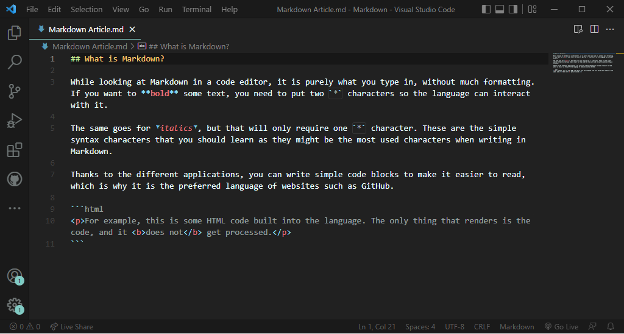
Professional Writing students frequently engage in emotionless, business-like writing. Unlike other English concentrations at UAB, professional writing requires students to write briefly and concisely. Despite the mechanical nature of professional writing, students in this concentration can still create meaningful products and impact their community.
For instance, UAB’s Professional Writing Club (PWC) partners with a nonprofit organization, Wordsmiths, to help design a literary magazine each year. Throughout the process, UAB students help Birmingham City students acquire the necessary skills to succeed in future careers.
Wordsmiths offers creative writing classes for students attending Birmingham City Schools or living within the city limits. They aim to provide students in 7th to 12th grade with free opportunities to develop creative writing skills. Each year, professional writers and college volunteers work with Wordsmiths to instruct a group of up to sixteen students. They educate the students through extensive individual feedback.
Since most Wordsmiths students are enrolled in schools where seventy percent of students need free or reduced lunches, Wordsmiths focuses heavily on preparing its students for college. Not only do volunteers assist with the students’ creative pieces, they also help with standardized testing preparation and college applications. Wordsmiths shows students how to submit their work to writing contests across the state and the nation. Additionally, students who have enrolled in this after-school program every year since middle school receive a $2,000 scholarship when they graduate high school.
Ultimately, the organization desires to show students that their abilities are valuable and worth improving. They believe that each student has a unique story, and they encourage students to express themselves through short stories or poetry.
The PWC first began collaborating with Wordsmiths in 2014. The organization hoped to continue publishing their students’ work in an annual literary magazine, but it was too expensive and time consuming without the help of the PWC. To save the nonprofit organization a significant amount of money, UAB students now design the layout for the entire publication. A representative of the PWC meets periodically with Gin Phillips from Wordsmiths to ensure the club’s work meets her expectations.
Although UAB students do not directly meet with the Wordsmiths students, they enjoy knowing that their hard work enables young people to have their voices heard.
The PWC’s Social Media Manager, Elizabeth Slatsky, expressed the emotional significance of the project by saying, “I really like knowing my work will have a positive effect on someone. Also, I remember how much I wanted to be a published writer in high school, and I wanted my work to be taken seriously. Creating something that looks professional and polished that the students will be proud of is important to me for this reason. I want to create something they will be proud of.”
At the beginning of the project, PWC members learn how to construct a layout for the magazine within Adobe InDesign. As they format master pages, they also select fonts and designs for the publication. Members then learn how to design a cover page for the magazine. In this process, they often utilize photography skills and gain some Adobe Photoshop experience. This year, a PWC member photographed Rail Road Park to create a unique cover.
When Wordsmiths send in their students’ poems and short stories, PWC members learn how to place their work in the publication while preserving each student’s unique style. After the club completes the project, Wordsmiths receives a final PDF that is ready to print.
Any UAB student can join the PWC and gain valuable experience while designing Wordsmiths’ creative writing magazine. Through this project, students acquire an extensive familiarity with Adobe InDesign. Specifically, students master setting up templates, creating paragraph styles and managing a 60-page document. Students also develop valuable negotiation skills from working with their clients.
Through this project, PWRC students obtain skills for future careers in publishing, and they create a product which many members of the community can enjoy.









